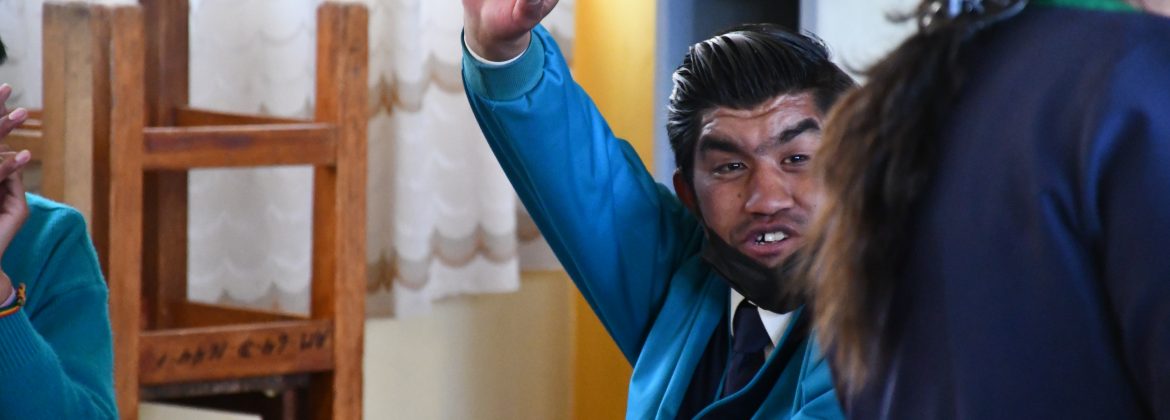
Educational Inclusion of Girls, Boys, and Adolescents with Disabilities in Bolivia
Collaboration by: Francesco Bucci, Executive Director, Tukuy Pacha Association
The educational inclusion of children and adolescents with disabilities remains a challenge in Bolivia. Despite regulatory advances, barriers persist that limit the access and permanence of children and adolescents with disabilities in the regular education system.
The International Convention on the Rights of Persons with Disabilities establishes the right to inclusive and quality education on equal terms, but the data show worrying setbacks. Between 2021 and 2023, enrollment of students with disabilities in regular education dropped from 4.518 to 3.607, while enrollment in special education increased from 13.412 to 19.007, reflecting a trend toward educational segregation.
Since 2023, Save the Children and the Tukuy Pacha Association have been implementing a project to include children with disabilities in childcare centers and educational communities in the southern area of Cochabamba. This initiative has trained 83 teachers in inclusive pedagogical strategies and has supported 142 children and adolescents with disabilities or learning difficulties by providing them with adapted materials and home-based support. Awareness workshops have also been held with families, along with mini-fairs to promote community participation. Other organizations, such as partners of the Community-Based Rehabilitation Network (RBC Bolivia), are promoting similar initiatives.
In parallel, national federations of persons with disabilities developed a proposal for Inclusive Education for the Plurinational Education Congress held in November last year. Their suggestions include the redistribution of special education teachers as support teachers and the mainstreaming of inclusive education throughout the Plurinational Education System.
The future of educational inclusion in Bolivia will depend on the effective implementation of these policies, the generation of timely data to monitor their quality, the institutional will to implement organizational changes, and the allocation of necessary resources.

 Bolivia
Bolivia